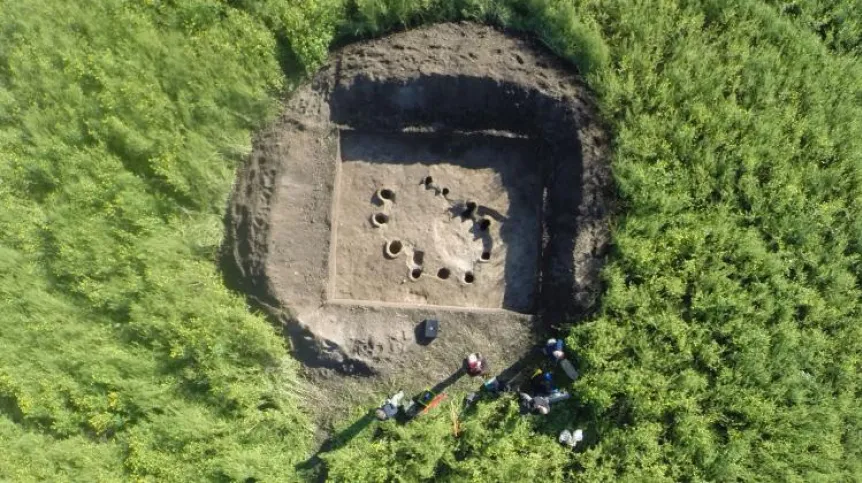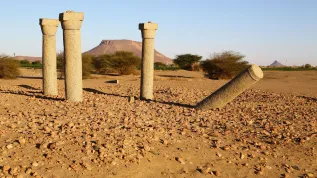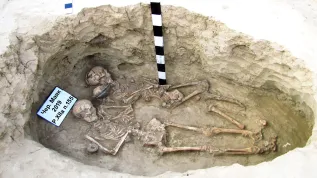
Archaeologists have discovered the remains of twelve iron smelting furnaces used by the Celts 2,400 years ago.
According to the archaeologists, the find in the village of Warkocz near Strzelin in southwest Poland is the oldest of such furnaces in Poland.
Excavation head Dr. Przemysław Dulęba from the Institute of Archaeology of the University of Wrocław said: "The iron smelting furnaces that we discovered in Warkocz most probably come from this earliest phase of their stay in the lands of modern day Poland.”
The Celts spread across almost all of Europe, north of the Alps, in the mid 1st millennium BC. They reached the areas of modern day Silesia and Małopolska at the turn of the 4th century BC.
The furnaces were dug deep into the ground, and their interior lined with pugging (an insulating layer containing clay). Only a very small part protruded from the surface of the earth. Inside, single pieces of melted iron and slag were found.
Very similar clusters of furnaces, in terms of both form and spatial arrangement, are known from Czechia.
Objects dating back to the 4th century BC found alongside the furnaces, including fragments of ceramic vessels, metal ornaments and clothing items as well as garment clasps, convinced the archaeologists that they were used by the Celts.
Dr. Dulęba said: ”Interestingly, bloomeries (metallurgical furnaces - PAP) from the Roman period, i.e. a few hundred years later, were single-use installations,” adding that this is proof of the Celts` great proficiency in the field of metallurgy,
For now, researchers have opened only one small archaeological excavation but Dr. Dulęba says he believes there could be more furnaces in the area.
The archaeologists chose the excavation site after using a magnetic method that registers traces of old buildings and structures that were once strongly exposed to high temperatures.
Dr. Dulęba said: ”If expert research in the form of analyses and radiocarbon dating of burnt wood residues from furnaces confirm our assumption, we will be able to state with certainty that this is the first well documented Celt metallurgical workshop in modern day Poland,” The oldest artefacts found in the settlement come from the second half of the 3rd century BC.

Archaeological excavation with relics of a metallurgical workshop discovered in Warkocz in Lower Silesia. Credit: Stanisław Rzeźnik
The Celts introduced knowledge of the potter`s wheel and advanced iron metallurgy, with shears, axes, cutters, files and hammers in a similar form being used in Poland until the end of the pre-industrial era at the turn of the 19th century.
The research project was funded by the National Science Centre.
PAP - Science in Poland, Szymon Zdziebłowski
szz/ ekr/ kap/
tr. RL













